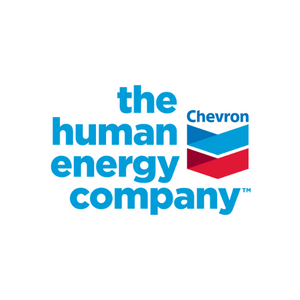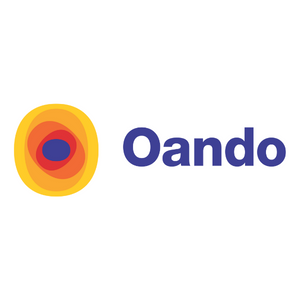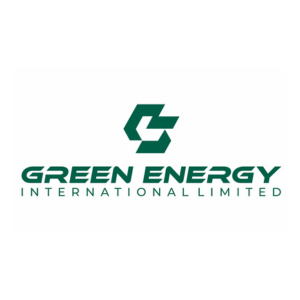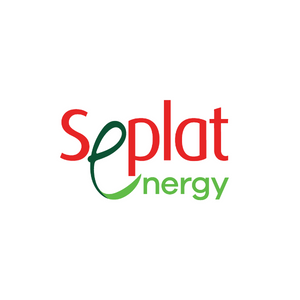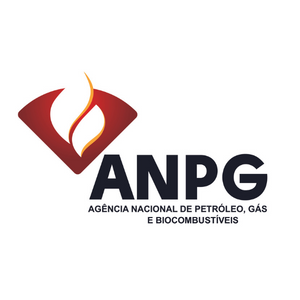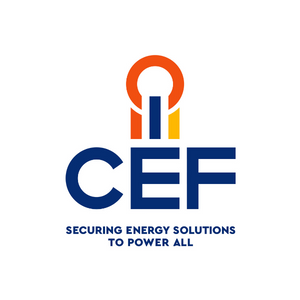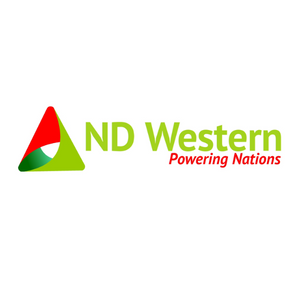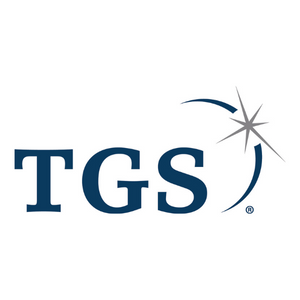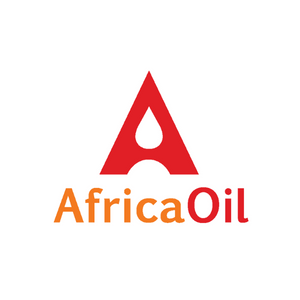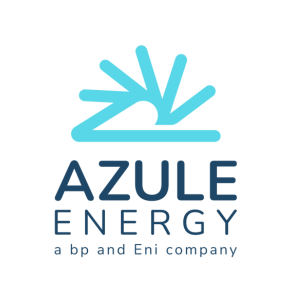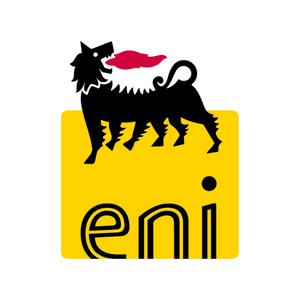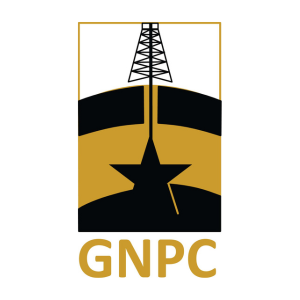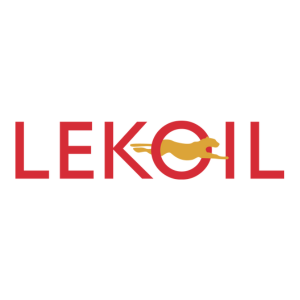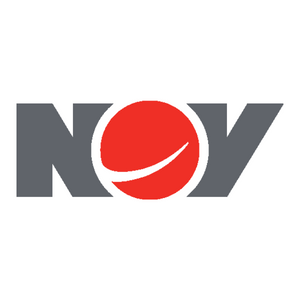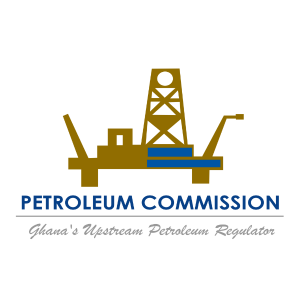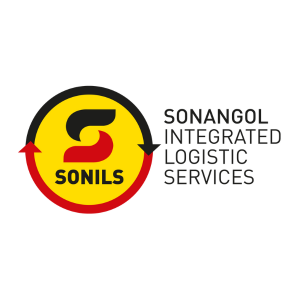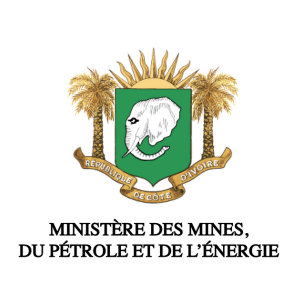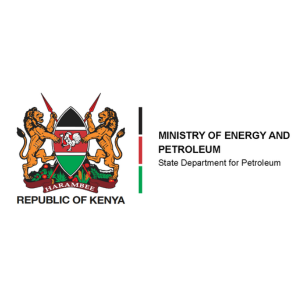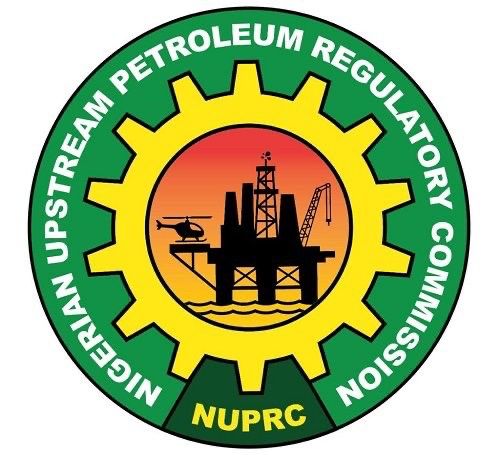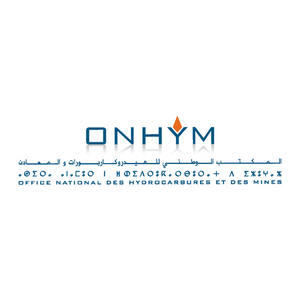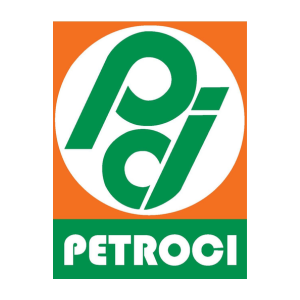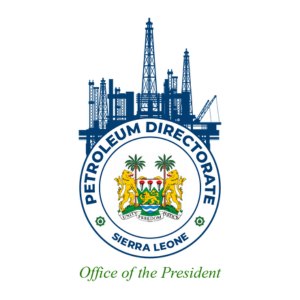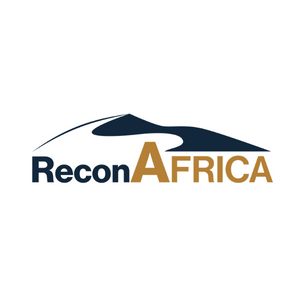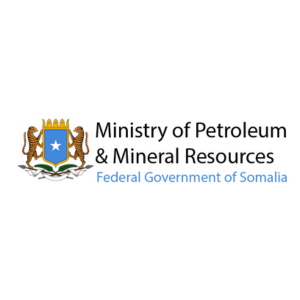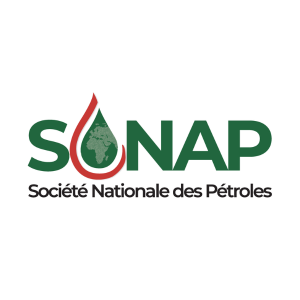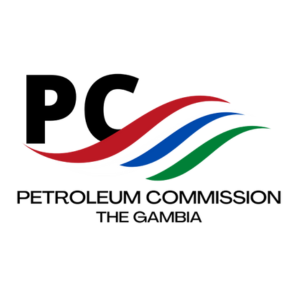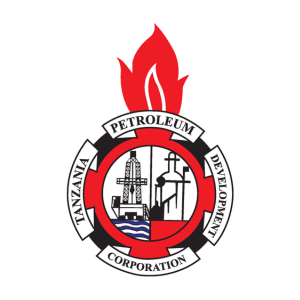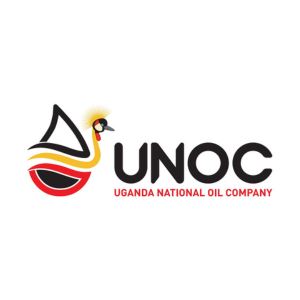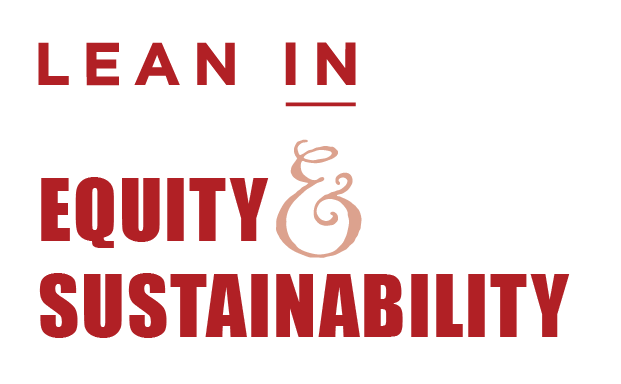Sound Energy are plotting a path to develop their assets in Western Morocco
Sound Energy are plotting a path to develop their assets in Western Morocco under the guidance of experienced exploration director Brian Mitchener.
Morocco, which imports 97 per cent of its energy needs, is trying to diversify its energy mix mainly dependent on oil and coal. To date, Morocco counts more than twenty E&P companies which explore the country’s soil in partnership with Morocco’s National Hydrocarbons Office (ONHYM). Among these international firms are British companies SDX Energy and Sound Energy in the gas exploration sector.
Sound Energy are focused on unlocking the Moroccan gas promise, which includes proving further volumes with three bold exploration wells in Eastern Morocco (starting mid 2018), each with multi Tcf potential along with de-risking of its 31 Tcf exploration potential in Eastern Morocco and up to 9 Tcf in Sidi Moktar through shooting new seismic and aerial gradiometry
The man charged with plotting the path through the exploration minefield is exploration veteran Brian Mitchener, now exploration director of Sound Energy. Mitchener has over 36 years’ experience in oil and gas exploration including as regional general manager exploration at BG, vice president international exploration at Equinor and 22 years with BP Exploration. He is a chartered geologist and a past president of the Petroleum Group of the Geological Society.
“The role I was hired to fill was to build on the initial success of the appraisal wells in eastern Morocco and to take that forward and unlock the bigger province,” he said. “We are looking at an extension of the original Algeria hydrocarbon province. It’s the same reservoir, it’s the same source rocks that are charging those reservoirs sitting below very thick salt.”
The question is, armed with that information how do you take the next steps? “There were two things we had to really work on,” Mitchener added. “The first was building the exploration expertise within the company and then secondly building up what the exploration programme should be.”
Mitchener now has five seasoned professionals with a lot of experience and energy, based in the headquarters. Together they have been building the exploration programme. “It sounds easy but it’s not.” Mitchener said. “In the normal lifecycle of a basin around the world you would anticipate that over a 14-year period you would go from the initial access, through exploration, appraisal and then development through to production Here we have had 70 years of very sporadic activity.
“The data that we have got, rather than being very useful is very bald and it’s almost like going back to square one. That is what we have done with new state-of-the-art kit. We have a big debate about whether we should just go out and keep drilling, but it would have been way too high a risk.”
The first job was to understand the extent of the sedimentary basin in which the discoveries sit so they carried out a very large gradiometer survey over 24,000 km2. That gave them the extent of the basin and told them something about the regional structure. They then carried out a combination of reprocessing some of the 3D, a large chunk of the 2D and supplemented it with a new 2D programme.
“What that has allowed us to do is map the top and the base of the salt seal, the top and the base of the reservoir and start to understand the deeper Palaeozoic potential,” Mitchener said. “There is a tendency onshore to explore with 2D because it is cheaper and then when you focus in on the horizon where you have hydrocarbons you can then carry out 3D, which is more expensive. We have significantly improved the quality of the data and can see the Triassic reservoirs.”
The other thing that the team have done is go back and sample all the oils and condensates to try and tie them back to the original source rock. “What we have found is that it is most like a carbonate rich marine mudstone,” Mitchener added. “The big play risk in the area would be have the source rocks been buried too much and burnt out and what you see today is only a remnant series of gas pools? If you are in Algeria there is an area call the Tindouf Basin where you have very small gas pools as opposed to the areas around Hassi R’mel where everything is full. This is a fairly fundamental thing we need to understand.
“All of that is the bread and butter of exploration. So how do you best represent this, so everyone can understand what the key risks are in the basin? We have developed a 4D model. In our case we are seeing two peaks, one just prior to the reservoir deposition but what we are really interested in is post reservoir and the seal. What we have come up with is a range of 7.20 and 34 tcf. The sense check from all the prospect imagery that we have, how do those numbers look? We are trying to keep our feet on the floor and be slightly pessimistic about what the potential is but it is really exciting.”
Morocco, which imports 97 per cent of its energy needs, is trying to diversify its energy mix mainly dependent on oil and coal. To date, Morocco counts more than twenty E&P companies which explore the country’s soil in partnership with Morocco’s National Hydrocarbons Office (ONHYM). Among these international firms are British companies SDX Energy and Sound Energy in the gas exploration sector.
Sound Energy are focused on unlocking the Moroccan gas promise, which includes proving further volumes with three bold exploration wells in Eastern Morocco (starting mid 2018), each with multi Tcf potential along with de-risking of its 31 Tcf exploration potential in Eastern Morocco and up to 9 Tcf in Sidi Moktar through shooting new seismic and aerial gradiometry
The man charged with plotting the path through the exploration minefield is exploration veteran Brian Mitchener, now exploration director of Sound Energy. Mitchener has over 36 years’ experience in oil and gas exploration including as regional general manager exploration at BG, vice president international exploration at Equinor and 22 years with BP Exploration. He is a chartered geologist and a past president of the Petroleum Group of the Geological Society.
“The role I was hired to fill was to build on the initial success of the appraisal wells in eastern Morocco and to take that forward and unlock the bigger province,” he said. “We are looking at an extension of the original Algeria hydrocarbon province. It’s the same reservoir, it’s the same source rocks that are charging those reservoirs sitting below very thick salt.”
The question is, armed with that information how do you take the next steps? “There were two things we had to really work on,” Mitchener added. “The first was building the exploration expertise within the company and then secondly building up what the exploration programme should be.”
Mitchener now has five seasoned professionals with a lot of experience and energy, based in the headquarters. Together they have been building the exploration programme. “It sounds easy but it’s not.” Mitchener said. “In the normal lifecycle of a basin around the world you would anticipate that over a 14-year period you would go from the initial access, through exploration, appraisal and then development through to production Here we have had 70 years of very sporadic activity.
“The data that we have got, rather than being very useful is very bald and it’s almost like going back to square one. That is what we have done with new state-of-the-art kit. We have a big debate about whether we should just go out and keep drilling, but it would have been way too high a risk.”
The first job was to understand the extent of the sedimentary basin in which the discoveries sit so they carried out a very large gradiometer survey over 24,000 km2. That gave them the extent of the basin and told them something about the regional structure. They then carried out a combination of reprocessing some of the 3D, a large chunk of the 2D and supplemented it with a new 2D programme.
“What that has allowed us to do is map the top and the base of the salt seal, the top and the base of the reservoir and start to understand the deeper Palaeozoic potential,” Mitchener said. “There is a tendency onshore to explore with 2D because it is cheaper and then when you focus in on the horizon where you have hydrocarbons you can then carry out 3D, which is more expensive. We have significantly improved the quality of the data and can see the Triassic reservoirs.”
The other thing that the team have done is go back and sample all the oils and condensates to try and tie them back to the original source rock. “What we have found is that it is most like a carbonate rich marine mudstone,” Mitchener added. “The big play risk in the area would be have the source rocks been buried too much and burnt out and what you see today is only a remnant series of gas pools? If you are in Algeria there is an area call the Tindouf Basin where you have very small gas pools as opposed to the areas around Hassi R’mel where everything is full. This is a fairly fundamental thing we need to understand.
“All of that is the bread and butter of exploration. So how do you best represent this, so everyone can understand what the key risks are in the basin? We have developed a 4D model. In our case we are seeing two peaks, one just prior to the reservoir deposition but what we are really interested in is post reservoir and the seal. What we have come up with is a range of 7.20 and 34 tcf. The sense check from all the prospect imagery that we have, how do those numbers look? We are trying to keep our feet on the floor and be slightly pessimistic about what the potential is but it is really exciting.”

